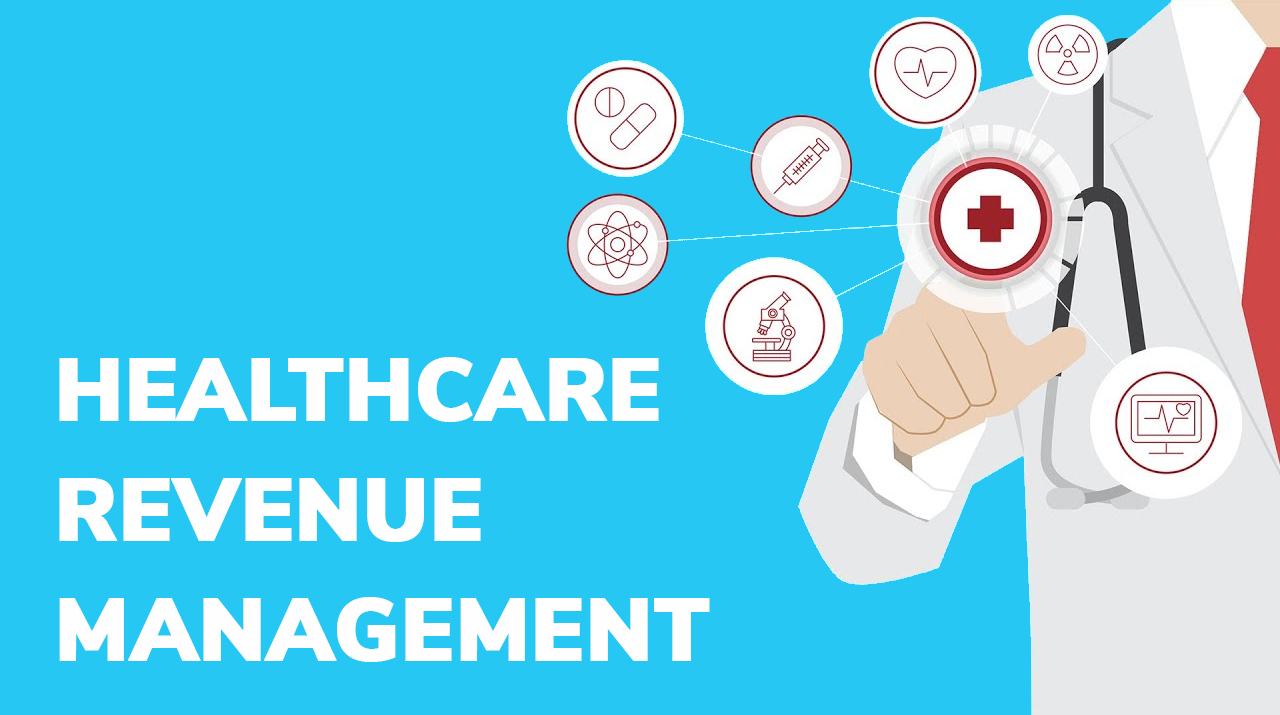The healthcare revenue cycle is a complex process involving multiple steps from patient intake to final payment receipt. With rising healthcare costs and emphasis on reimbursements, it is crucial for healthcare providers to optimize their revenue cycle management. An efficient revenue cycle helps improve cash flow and financial performance of healthcare organizations.
What is Healthcare Revenue Cycle Management?
Healthcare Revenue Cycle Management (RCM) refers to the administrative and financial processes related to obtaining reimbursement for medical services provided to patients. The goal of RCM is to maximize accurate claims submission, reduce denial rates and speed up reimbursements. Some key components of healthcare RCM include:
Registration & Eligibility
The first step is accurately verifying patient’s insurance eligibility and collecting any outstanding deductibles or copays at the time of service. This ensures proper billing of claims to the correct insurance providers.
Claims Management
This involves timely filing of clean claims with accurate codes to insurance companies and government payers. It also tracks claim status and follows up on denied claims for payment.
Denial Management
Claim denials eat into provider revenues. An effective denial management program identifies reasons for denials and resolves them through appeals or corrected resubmissions.
Billing & Collections
Once claims are processed, providers need to send patient bills on allowed amounts and collect outstanding balances through statements, phone calls or collections agencies.
Payment Posting & Reconciliation
Finally, receipts need to be posted against corresponding claims or patients’ accounts and any adjustments reconciled.
Importance of Optimizing Healthcare RCM
A sluggish or error-prone revenue cycle leads to delays in cash collections, lower reimbursements and increased bad debts. This impacts both operating margins as well as provider relationships with insurers and patients. Optimizing key RCM areas can help improve financial outcomes:
Registration & Eligibility
Average eligibility errors lead to 5-10% of claims denied or underpaid. Automating eligibility checks with real-time insurance databases reduce errors. Upfront eligibility and cost sharing collection improves cash flow.
Claims Submission & Processing
Manual claims submission is labor intensive and error prone. Switching to electronic platforms allow tracking claim statuses online. Outsourcing complex billing codes or denial management to specialized vendors can free hospitals from routine processing.
Denial Management
Taking proactive measures like preauthorization for planned admissions, incorporating clinical documentation improvement programs and appealing denials strategically can curtail denials by 10-30% over time. Denial auditing identifies recurring issues for process redesign.
Billing & Collections
Streamlining patient statements, setting realistic payment plans and implementing self-service payment options through online portals and mobile apps boost collections by 5-10%. Earlier follow-ups and involving legal counsel timely improves chances of bad debt recovery.
Revenue Integrity & Audit
Analytics on claims, denials and payments continuously evaluate for lost revenues from miscodings, inadvertent errors and insurers audits. Corrective training and systems improvements close such leakages.
Technology’s Role in Improving Healthcare RCM
Healthcare RCM is leveraging technology across all areas to gain efficiencies while minimizing costs and manual efforts. Key technologies that are optimizing RCM include:
Cloud-based RCM Software
Cloud-based integrated and modular revenue cycle applications allow easy configuration, remote access, real-time data sharing and lower upfront costs compared to on-premise installations. Hospitals can migrate easily to SaaS models that include features like registration kiosks, secure patient portals, clinical document management, computer-assisted coding, online referrals, real-time eligibility verification and digital claim submission/tracking.
Data Analytics & Business Intelligence
Advanced analytics on structured and unstructured clinical, financial and demographic data help providers benchmark metrics, identify opportunities for optimization, monitor denials, prioritize corrective actions and improve collections forecasting. These analytical capabilities also benefit payers to track noncompliance, errors and unnecessary costs.
Robotics Process Automation (RPA)
RPA software bots automate repetitive and high-volume manual tasks like eligibility checks, code auditing, claims status follow-ups, explanations of benefits processing and post implementation support. They emulate human actions but eliminate human errors while saving significant costs.
Artificial Intelligence & Machine Learning
Application of AI and ML is now helping customize financial clearance processes based on individual risk profiles and expected reimbursements. They also enhance automated clinical coding by learning from physician documentation patterns. Their predictive powers help pinpoint sources of revenue losses with greater precision.
As digital technologies advance revenue integrity, the future promises more interoperability between IT systems to address long-standing process inefficiencies across the healthcare value chain. Streamlined data sharing between providers and payers holds potential for remarkable cycle time reductions and higher reimbursements.
An optimized revenue cycle enables healthcare providers to devote more resources and efforts towards enhancing clinical outcomes rather than getting stuck in routine administrative tasks. Technology advancements especially cloud and analytics are revolutionizing revenue cycle operations. Regular assessment and plugging existing gaps would maximize healthcare finances and support quality care delivery in the long run.
*Note:
1. Source: Coherent Market Insights, Public sources, Desk research
2. We have leveraged AI tools to mine information and compile it



